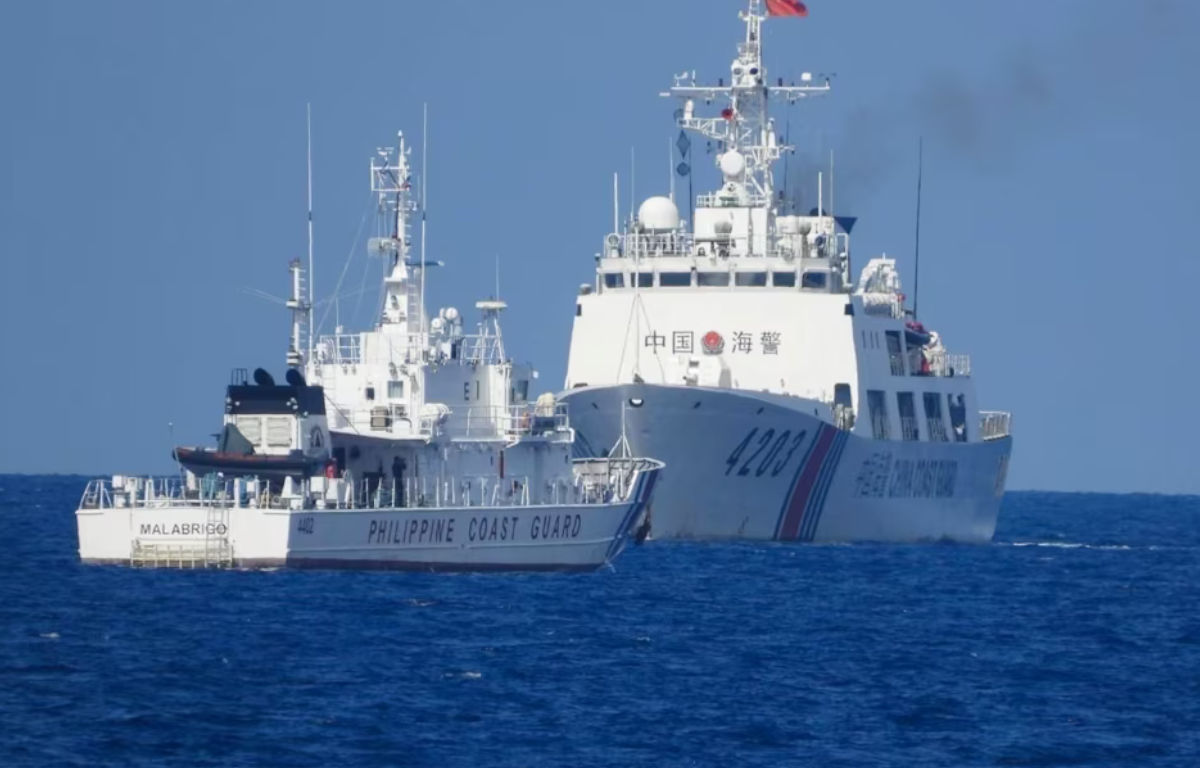
China’s recent deployment of a ‘floating barrier’ in the South China Sea has intensified longstanding international concerns regarding its activities in the region. This move is the latest development in the complex and contentious issue of territorial claims and resource exploitation in the South China Sea, a vital waterway through which a significant portion of global trade passes. Several countries, including China, Taiwan, Vietnam, the Philippines, Malaysia, and Brunei, lay partial or complete claims to this area, fueling tensions and disputes over the years.
The ‘floating barrier’ consists of an extensive network of buoys, sensors, and surveillance equipment that spans hundreds of square miles of the South China Sea. China asserts that its primary purpose is to enhance maritime safety by monitoring marine traffic and assisting in search and rescue operations. However, skepticism abounds regarding these stated intentions. Many neighboring nations and international observers question the barrier’s scale and sophistication, fearing it could have ulterior motives such as military control or monitoring of naval activities.
China’s construction of the ‘floating barrier’ has been met with swift and strong opposition from neighboring countries. Vietnam, the Philippines, and Malaysia, among others, have voiced their protests, alleging that this development violates international law. They perceive it as another attempt by China to consolidate its dominance in the South China Sea, which has been an ongoing concern.
The international community has not remained silent regarding this issue. The United States, a significant player in the region, has expressed its concerns and reiterated its commitment to ensuring freedom of navigation in the South China Sea. Discussions on the matter have taken place in various international forums, including the United Nations Convention on the Law of the Sea (UNCLOS) and the Association of Southeast Asian Nations (ASEAN). These discussions emphasize the global interest in preserving peace and stability in the region.
China’s deployment of a ‘floating barrier’ in the South China Sea has heightened tensions in a region already characterized by volatility. While China maintains that its intentions are benign, neighboring countries, as well as international observers, remain cautious. The South China Sea dispute is a multifaceted issue, necessitating diplomatic finesse, adherence to international law, and a steadfast commitment to regional stability.
The international community must continue to closely monitor developments in the South China Sea and encourage all parties to engage in peaceful dialogue and established dispute resolution mechanisms. The future of this strategically vital waterway and the broader stability of the region hinge upon responsible actions and a dedication to finding mutually acceptable solutions to the enduring disputes that define the area.










Share this: